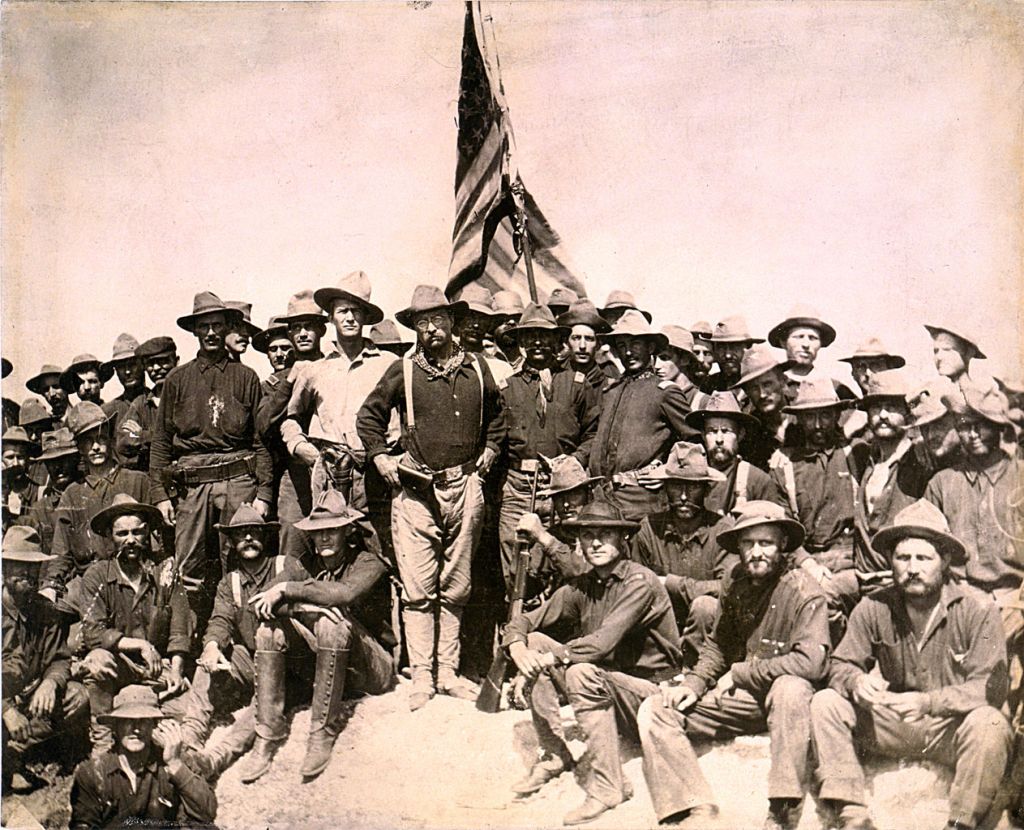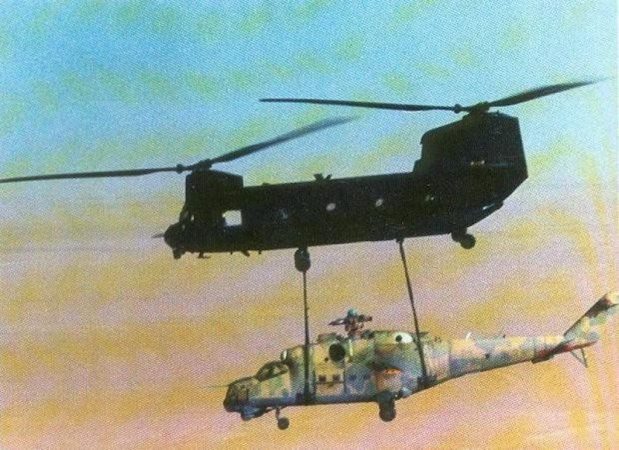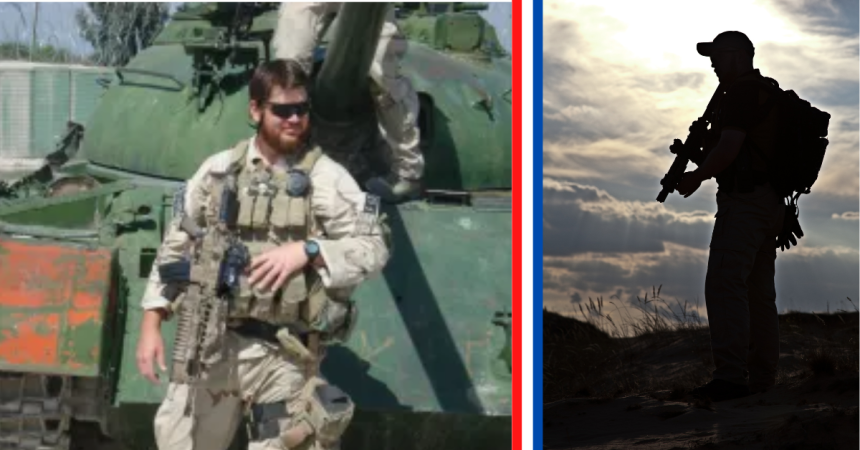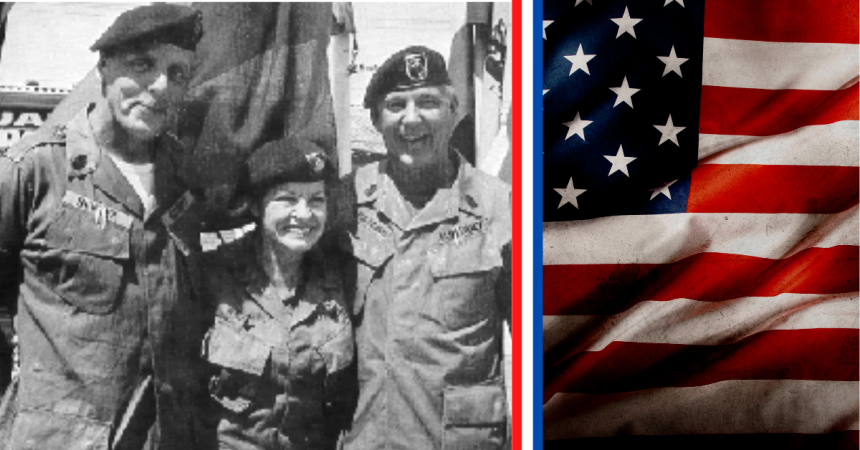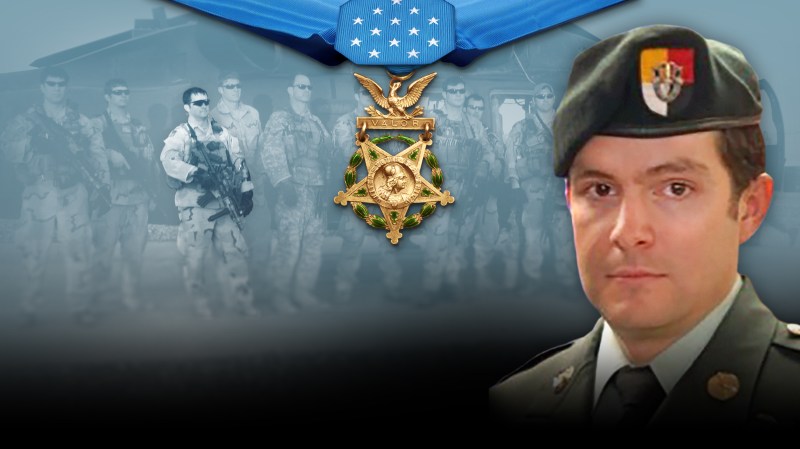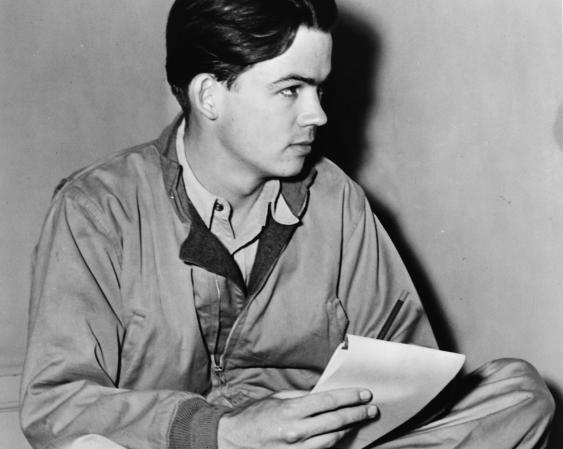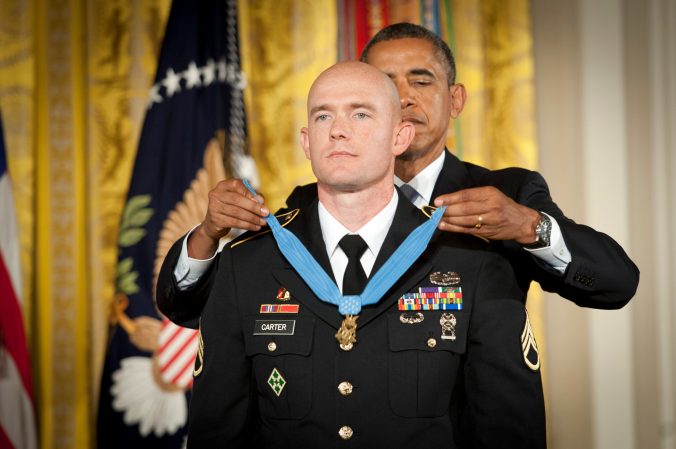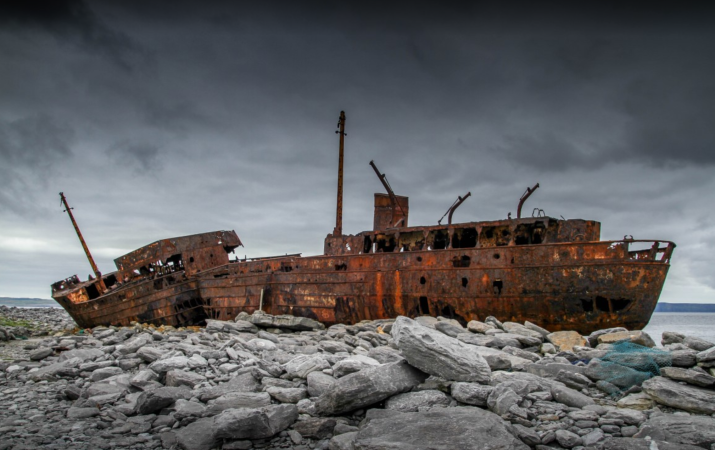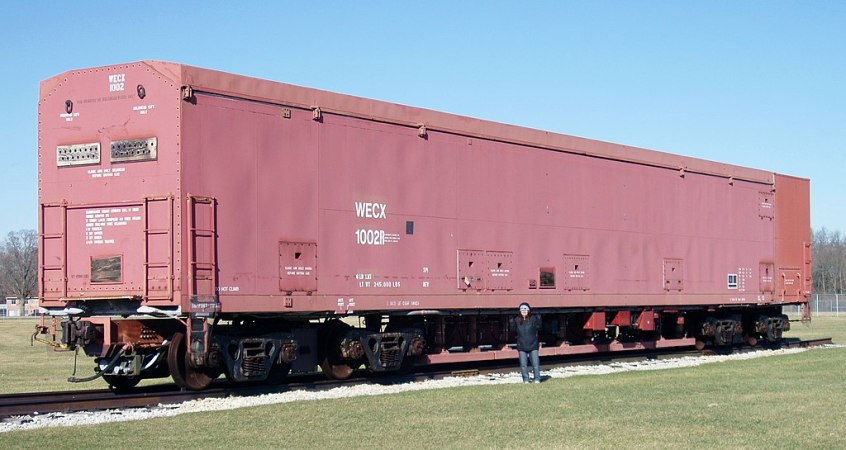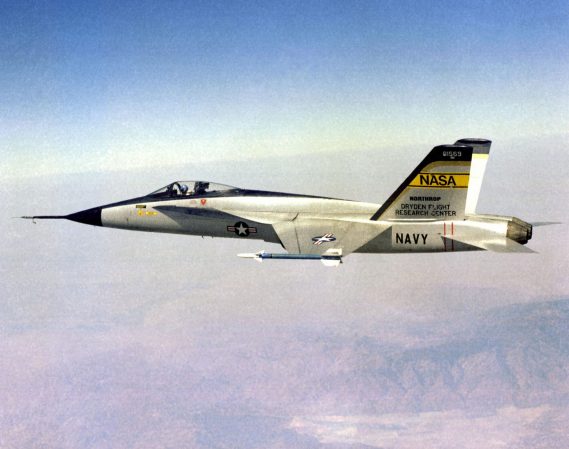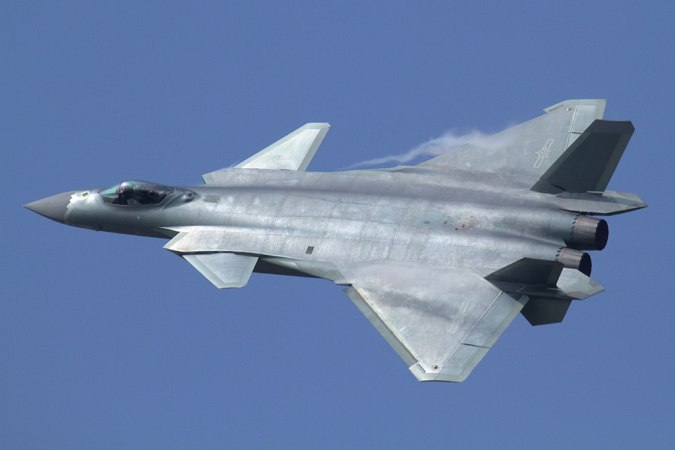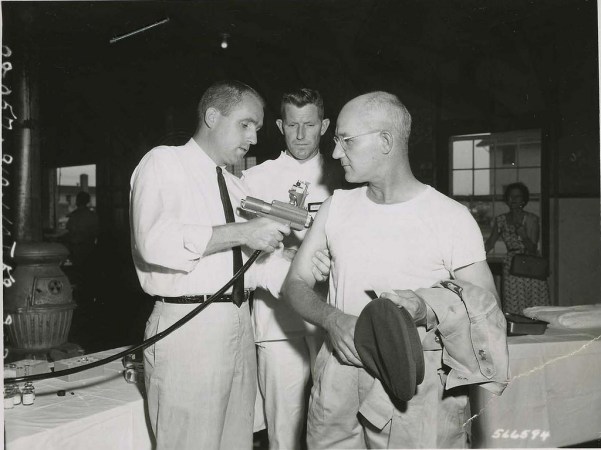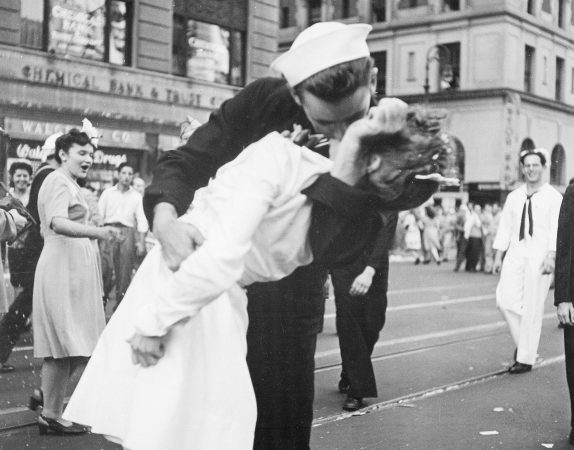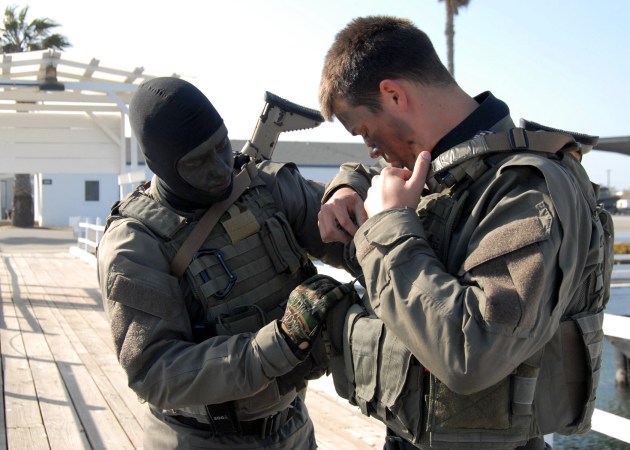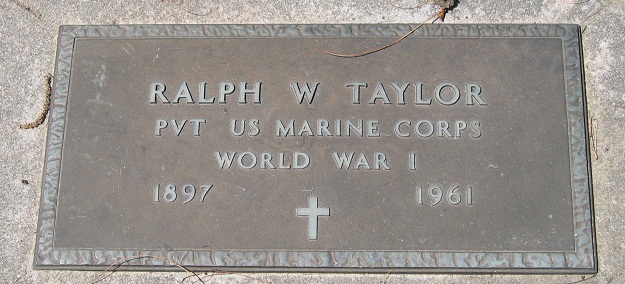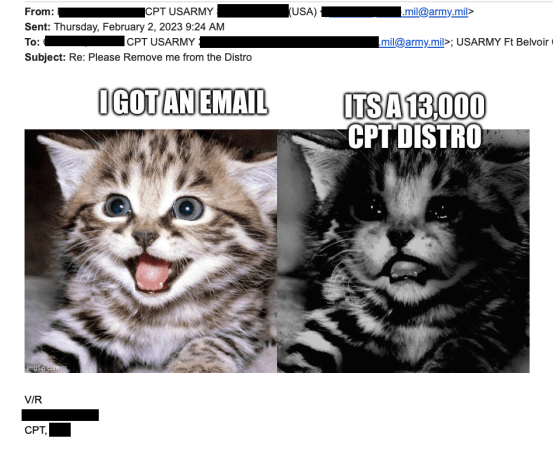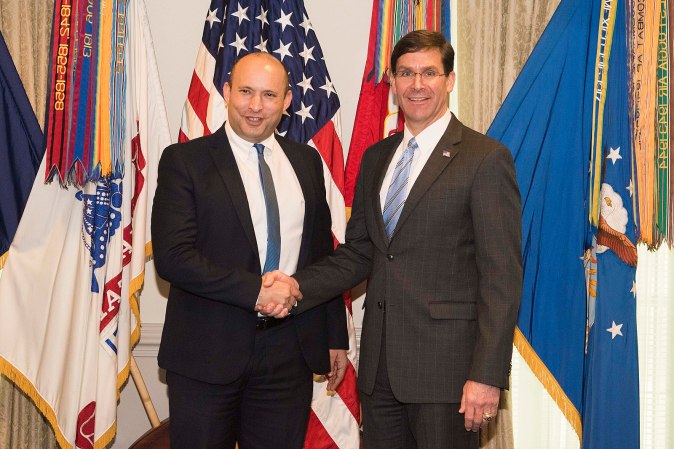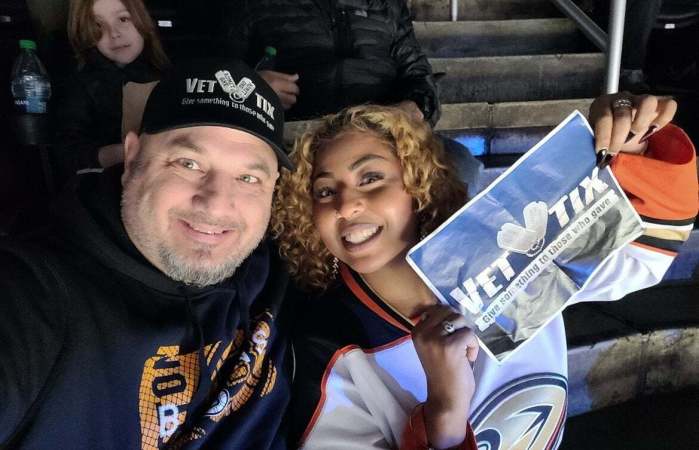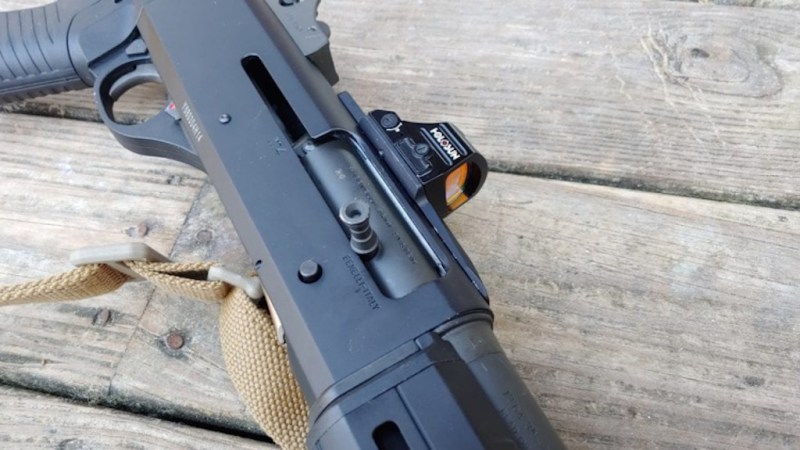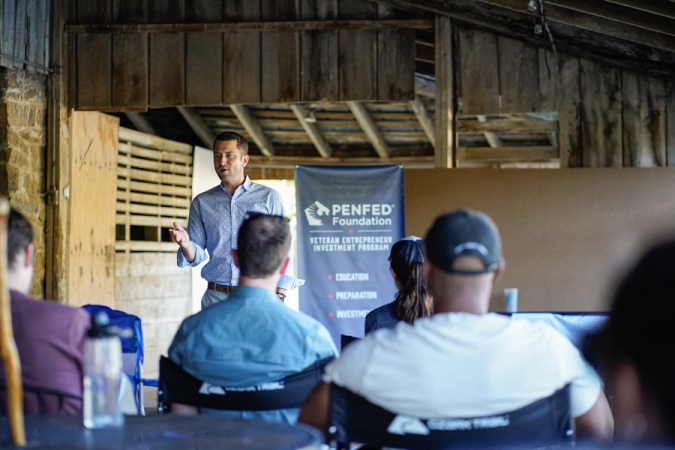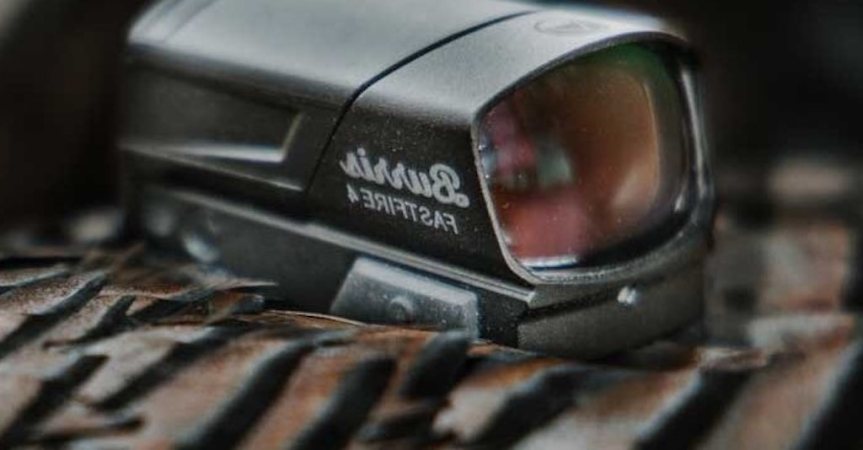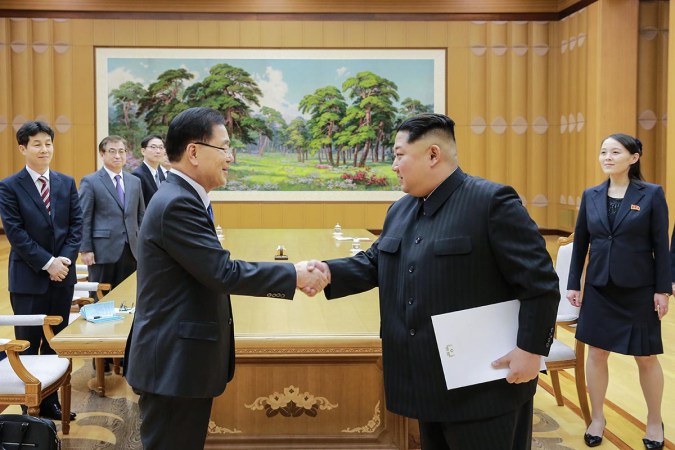While wearing a bit of personal flair on your uniform might be enough to send a sergeant major into hysterics, it was once common. The men who fought and won the Spanish-American War sometimes added to their uniforms. In one case, the Rough Riders of San Juan Hill carried a distinctive polka dot pattern.
And none other than Teddy Roosevelt himself started it.
The Rough Riders land in Cuba
The 1st U.S. Volunteer Cavalry mustered in 1898 with a mix of Ivy League athletes, cowboys, Native Americans, Texas Rangers, and more. “More,” in this case, including “recent Assistant Secretary of the Navy Theodore Roosevelt.” The eccentric mix gained notoriety before they even shipped to Cuba.
Volunteer units typically formed quickly with inexperienced, rookie soldiers. They often fought secondary to more professional, regular units. And their chances to fight were restricted. But the 1st U.S. Volunteer Cavalry made it into the party from the start. Commanders respected the unit for its tight administration, led by Col. Leonard Wood and Lt. Col. Theodore Roosevelt.
The 1st fought as part of Fifth Corps after it landed on Cuba. In the first battle of the war on the island, about 1,750 Americans and Cuban Allies assaulted 1,500 Spanish troops. About 500 Rough Riders took part in the June 24, 1898, battle and helped defeat the Spaniards.
The following week, the Americans pressed on to San Juan Ridge.
San Juan Hill
On July 1, American cavalry and infantry began their assault. The 1st didn’t receive a briefing or their orders for the battle. But Roosevelt recognized the value of Kettle Hill and repeatedly pushed for his unit to take part in the assault.
When permission came, Roosevelt immediately leapt onto his horse and led the 1st past confused 10th Cavalry Riders and into history. The cavalrymen charged until they hit barbed wire 40 yards from an enemy trench. Roosevelt dismounted, closed the gap on foot, and shot a defender. The unit lost 89 men.
This risky and costly charge broke an hours-long stalemate. Soon, the Spaniards gave in and the hill was taken.
Roosevelt, a skilled writer and orator, happily described the heroism of the 1st Cavalry and built the legend. His men happily followed his lead.
The Polka Dots
Indeed, the men were big fans of their intrepid leader. And the unit saw Roosevelts scarf from the charge, a blue one with white polka dots, as a symbol of their battlefield success. Soon, the polka dot pattern became an almost required uniform item for Rough Riders.
The scarf is visible in one of the more famous Teddy Roosevelt photos, just peeking out from his uniform. It wasn’t the last fabric pattern that Roosevelt made famous, though, as his 1912 campaign featured a red scarf with images of the slouch hat the Rough Riders wore.
The blue scarf with white polka dots is also oddly reminiscent of another neck ornament connects Roosevelt to San Juan Hill: The Medal of Honor he would posthumously receive in 2001 for his actions.
Read more on WATM:


